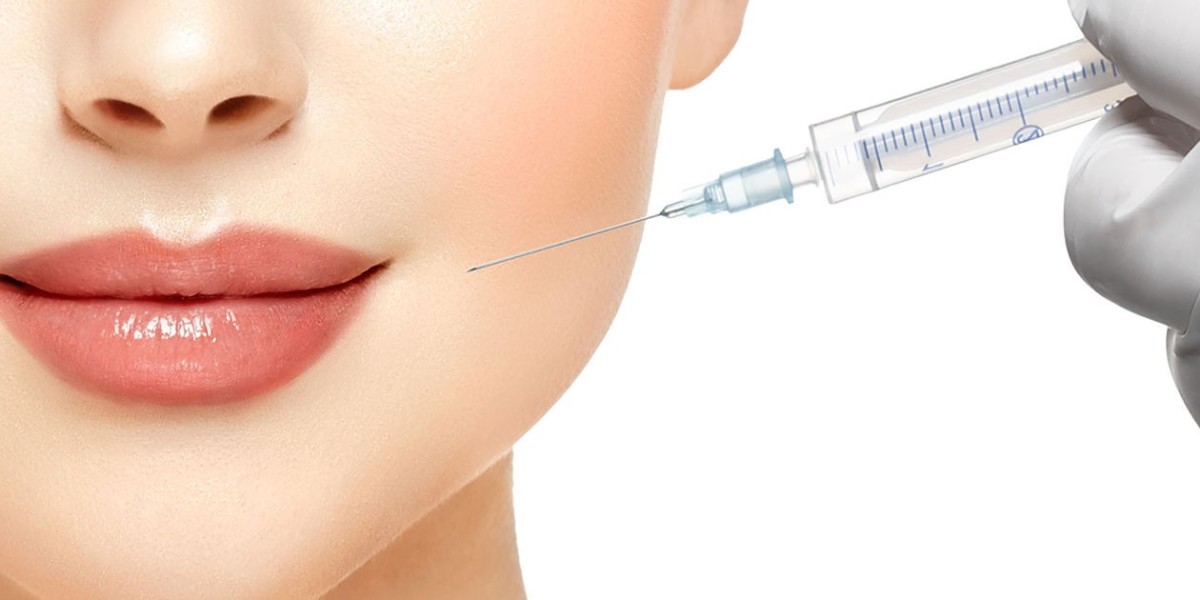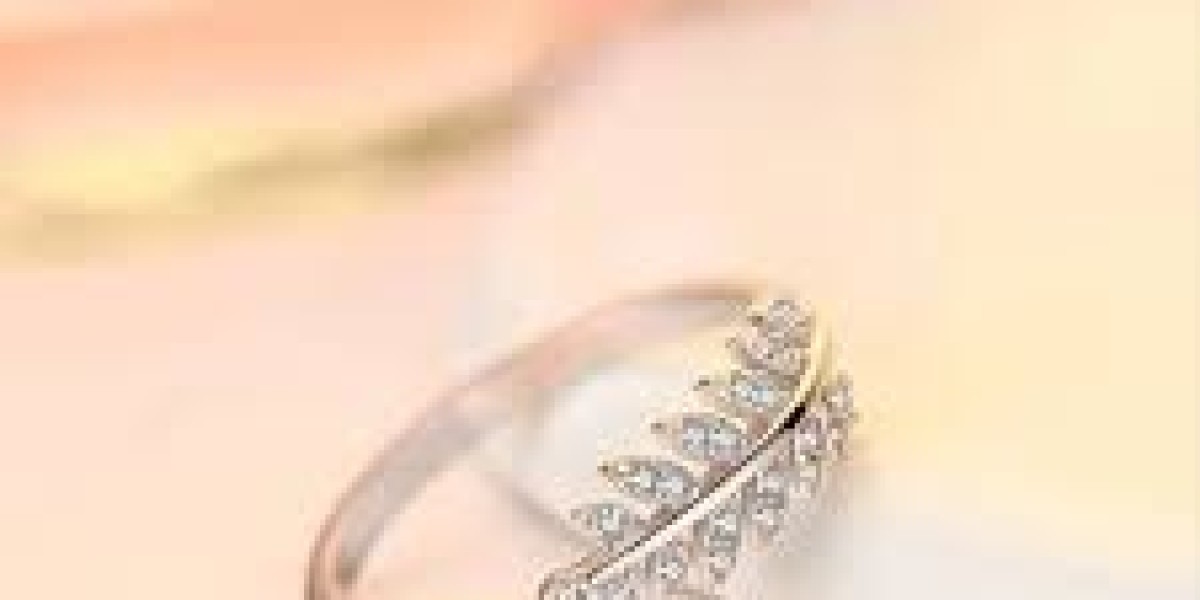Dermal fillers have gained significant popularity in aesthetic medicine due to their ability to restore volume, contour facial features, and smooth out wrinkles without the need for invasive surgery. However, with the increasing demand for these procedures, it's more important than ever to ensure the products being used are safe and effective. One of the most reliable ways to determine this is by checking whether the fillers are approved by the U.S. Food and Drug Administration (FDA). If you're considering Dermal Fillers in Islamabad, knowing which products are FDA-approved and what that means for your safety and results is crucial.
What Are FDA-Approved Dermal Fillers?
FDA approval means that a product has undergone rigorous clinical testing and evaluation to ensure its safety, efficacy, and quality. For dermal fillers, this includes extensive laboratory research, clinical trials on humans, and post-market surveillance. The FDA only approves fillers for specific indications, areas of the face, and types of wrinkles or volume loss.
Not all dermal fillers are created equally. Some are designed to treat moderate to severe facial folds, while others are intended for lip enhancement or the correction of volume loss in the cheeks. When a filler is FDA-approved, it has met all necessary standards and guidelines to be marketed for a particular cosmetic or medical use.
Why FDA Approval Matters
The dermal filler market is vast, and not all products are held to the same standard. Unregulated or counterfeit fillers can pose serious health risks, including allergic reactions, infections, and permanent disfigurement. Choosing an FDA-approved filler ensures the following:
Product safety and reliability
Clinically proven effectiveness
Standardized ingredients and manufacturing practices
Minimal risk of adverse reactions when used correctly
In addition to the filler itself, it's essential that the injection is performed by a qualified and experienced medical professional. FDA approval is just one piece of the safety puzzle, and practitioner skill plays an equally vital role.
Types of FDA-Approved Fillers
Below is a list of some of the most well-known FDA-approved dermal fillers, categorized by their base ingredient:
1. Hyaluronic Acid (HA) Fillers
Hyaluronic acid is a naturally occurring substance in the skin that retains moisture and gives skin its plump appearance. HA-based fillers are the most popular and versatile.
Juvederm: This brand includes several formulations for different areas, such as Juvederm Voluma (cheeks), Juvederm Ultra (lips), and Juvederm Vollure (nasolabial folds).
Restylane: Includes Restylane-L, Restylane Lyft, Restylane Silk, and Restylane Refyne/Defyne, each designed for specific aesthetic concerns.
Belotero Balance: Ideal for treating fine lines and delicate areas due to its soft, smooth consistency.
HA fillers are generally temporary, lasting between 6 to 18 months depending on the product and treatment area.
2. Calcium Hydroxylapatite (CaHA)
Radiesse: This filler is thicker than HA fillers and is used primarily for deeper wrinkles, folds, and volume restoration in the cheeks and hands. It also stimulates natural collagen production.
Radiesse typically lasts about 12 to 18 months and offers a slightly firmer result than HA fillers.
3. Poly-L-Lactic Acid (PLLA)
Sculptra Aesthetic: Unlike traditional fillers, Sculptra works by stimulating the skin’s natural collagen production. It’s used for deeper facial wrinkles and volume loss, especially in the cheeks and temples.
Results from Sculptra appear gradually over a few months and can last up to 2 years.
4. Polymethylmethacrylate (PMMA)
Bellafill: This semi-permanent filler contains PMMA microspheres and bovine collagen. It's FDA-approved for correcting nasolabial folds and certain types of acne scars.
Bellafill offers long-lasting results, often five years or more, but because it’s not reversible, it should only be used by experienced injectors.
Approved Uses for Fillers
The FDA has approved dermal fillers for the following specific indications:
Smoothing moderate to severe facial wrinkles and folds (e.g., nasolabial folds)
Cheek augmentation and correction of age-related volume loss in the mid-face
Lip enhancement in adults over the age of 21
Treating acne scars (Bellafill)
Hand rejuvenation to correct volume loss
Chin augmentation (in select products)
It’s important to note that while some fillers are used “off-label” for other purposes like tear trough correction or nose reshaping, these uses are not FDA-approved. That doesn’t necessarily mean they’re unsafe, but it emphasizes the importance of a skilled provider who understands facial anatomy and the nuances of each filler.
Risks and Safety Considerations
Even FDA-approved fillers can lead to complications if not administered properly. Possible side effects include:
Swelling, redness, and bruising at the injection site
Lumps or nodules under the skin
Asymmetry or overfilling
Vascular occlusion (blockage of a blood vessel), which can be serious
Allergic reactions, though rare with approved fillers
To minimize these risks, always consult with a board-certified dermatologist, plastic surgeon, or other qualified practitioner who uses only authentic, FDA-approved fillers.
Questions to Ask Before Treatment
Before undergoing filler treatment, it’s wise to ask your provider the following:
What brand and type of filler will be used?
Is the filler FDA-approved for this specific area?
How long will the results last?
What are the possible risks and side effects?
What is your experience with this particular filler?
Transparency from your provider ensures you’re receiving safe, effective treatment with a clear understanding of what to expect.
How to Identify FDA-Approved Fillers
Legitimate FDA-approved fillers come in sealed, labeled packaging and are traceable to reputable manufacturers. If you’re unsure whether a product is approved, you can check the FDA's official website or ask your provider to show the packaging before treatment.
Conclusion
Understanding the importance of FDA approval is essential when considering dermal fillers. While these treatments can offer impressive, natural-looking results, their safety and effectiveness hinge on using the right product administered by the right professional. FDA-approved fillers have passed rigorous testing and offer patients reassurance regarding their performance and long-term outcomes.
The SKN Cosmetics clinic stands out as a trusted name in cosmetic treatments, offering a wide range of FDA-approved Dermal Fillers in Islamabad. With a team of certified specialists, cutting-edge technology, and a deep commitment to patient safety and satisfaction, SKN Cosmetics ensures that your filler experience is safe, effective, and tailored to your unique aesthetic goals.








